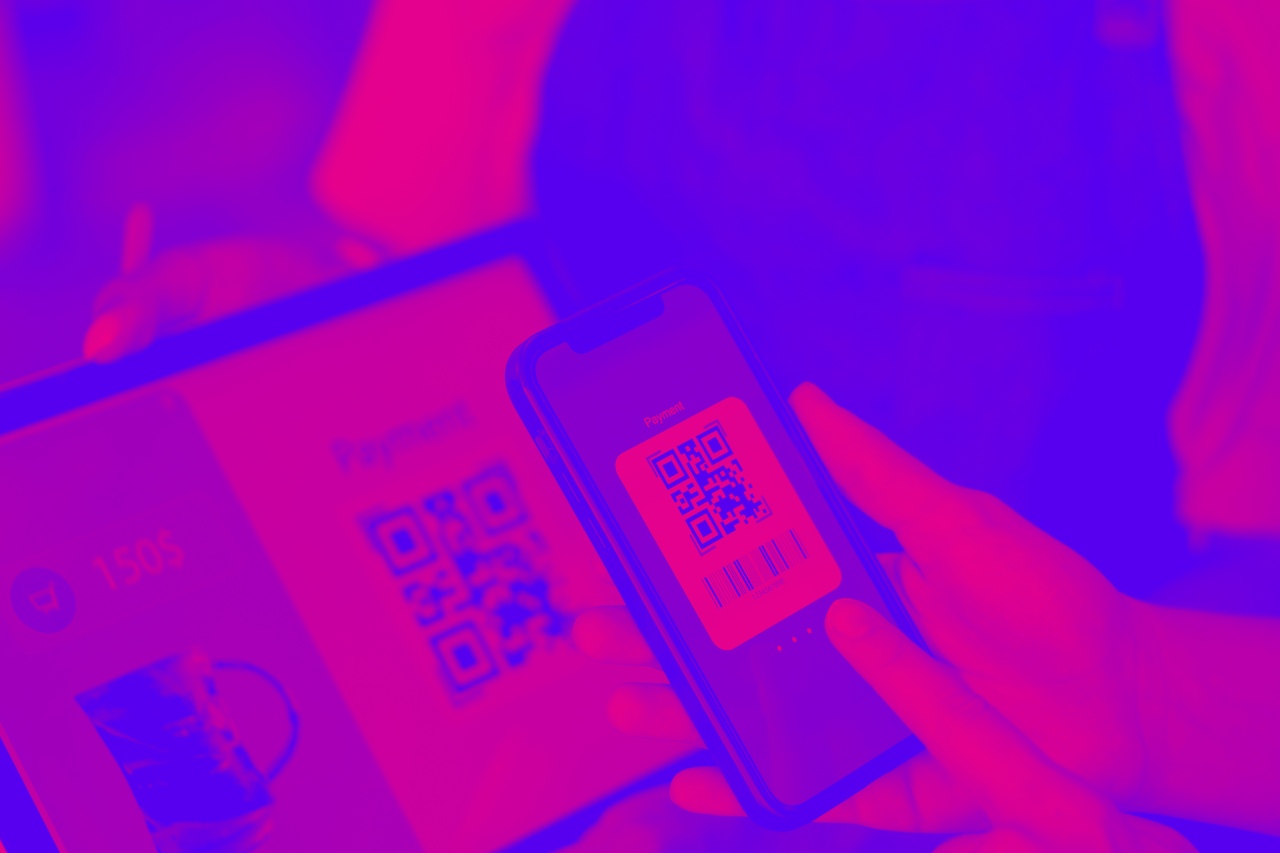Person-to-Merchant and Peer-to-Peer
QR code payments come in two primary forms in person-to-merchant (P2M) transactions. The first is merchant-presented, where stores display a QR code at checkout. Consumers scan this code to make payments through their banking app or e-wallet. The second form is consumer-presented. Here, the consumer has a QR code in their banking or e-wallet app, which the merchant scans to initiate the payment. In countries like China, QR code payments are dominant, thanks to platforms like WeChat Pay and Alipay.
Moreover, for peer-to-peer (P2P) transactions, QR code payments facilitate swift money transfers without inputting lengthy bank details. Apps like Monzo and easypaisa leverage this feature, enhancing user convenience.
Pros and Cons
For merchants, benefits of QR code payments include being cost-effective and requiring minimal hardware investments compared to traditional card readers. Additionally, they cater to the growing preference for contactless transactions, potentially increasing customer satisfaction and loyalty.
However, there are drawbacks. Dependence on internet connectivity and digital literacy among customers can be limiting factors. Additionally, while QR codes are generally secure, there remains a vulnerability to fraud, particularly through counterfeit codes.
Payments Across Industries
QR code payments are not limited to retail transactions. They’re common in sectors like hospitality, transportation, and services. Companies like PayPal, Google Pay, and Grab have integrated QR code payments, reflecting its broadening scope. Use cases include:
- Retail Stores: Retailers can speed up in-person transactions by displaying static QR codes at checkout counters. Customers simply scan the code to auto-fill the retailer’s payment details and confirm the payment, enhancing the checkout experience.
- Restaurants and Cafés: QR codes in these establishments allow customers to scan codes printed on bills or placed on tables. This facilitates menu viewing, ordering, and direct payment from their phones, reducing waitstaff workload and streamlining service.
- E-commerce: Online stores incorporate QR codes on checkout pages or in emailed invoices. Scanning these codes enables customers to complete payments quickly and securely, bypassing manual data entry.
- Subscription Services: Businesses with recurring payment models, like gyms, use QR codes on invoices for easy monthly payments, eliminating repetitive manual payments.
- Event Ticketing: QR codes on tickets for concerts or sporting events double as proof of purchase and entry passes. These codes, sent digitally, offer a convenient and eco-friendly ticketing solution.
- Donation Drives: Nonprofits harness QR codes to simplify the donation process. By placing QR codes on various platforms, they make it easier for donors to contribute with their preferred payment methods.
With rising use of smartphones and digital wallets, QR code payments are becoming increasingly accessible and creating a more interconnected and efficient commercial ecosystem.
How to Generate a QR Code for Payments
- Choose a Payment Service Provider: First, choose a Payment Service Provider that can support QR code payments.
- Create an Account and Access the Client Portal: Once your account is set up, log in to your client dashboard and look for an option to Create a QR code or a payment link.
- Display and Share Your QR Code: Once generated, you can display this QR code at your physical location, on your website, or on invoices and electronic receipts. You can also share it via email or online media channels depending on your business needs.
- Testing the QR Code: Before rolling it out to customers, conduct a test transaction to ensure everything works properly.
Rapyd QR Codes
Rapyd offers multiple options to create a QR code for accepting payments.
Rapy customers log into their client portal and use the button in the upper right corner to create a payment link, then use any free online tool to turn that link into a QR code that can be added to a website, email, document or printed.





